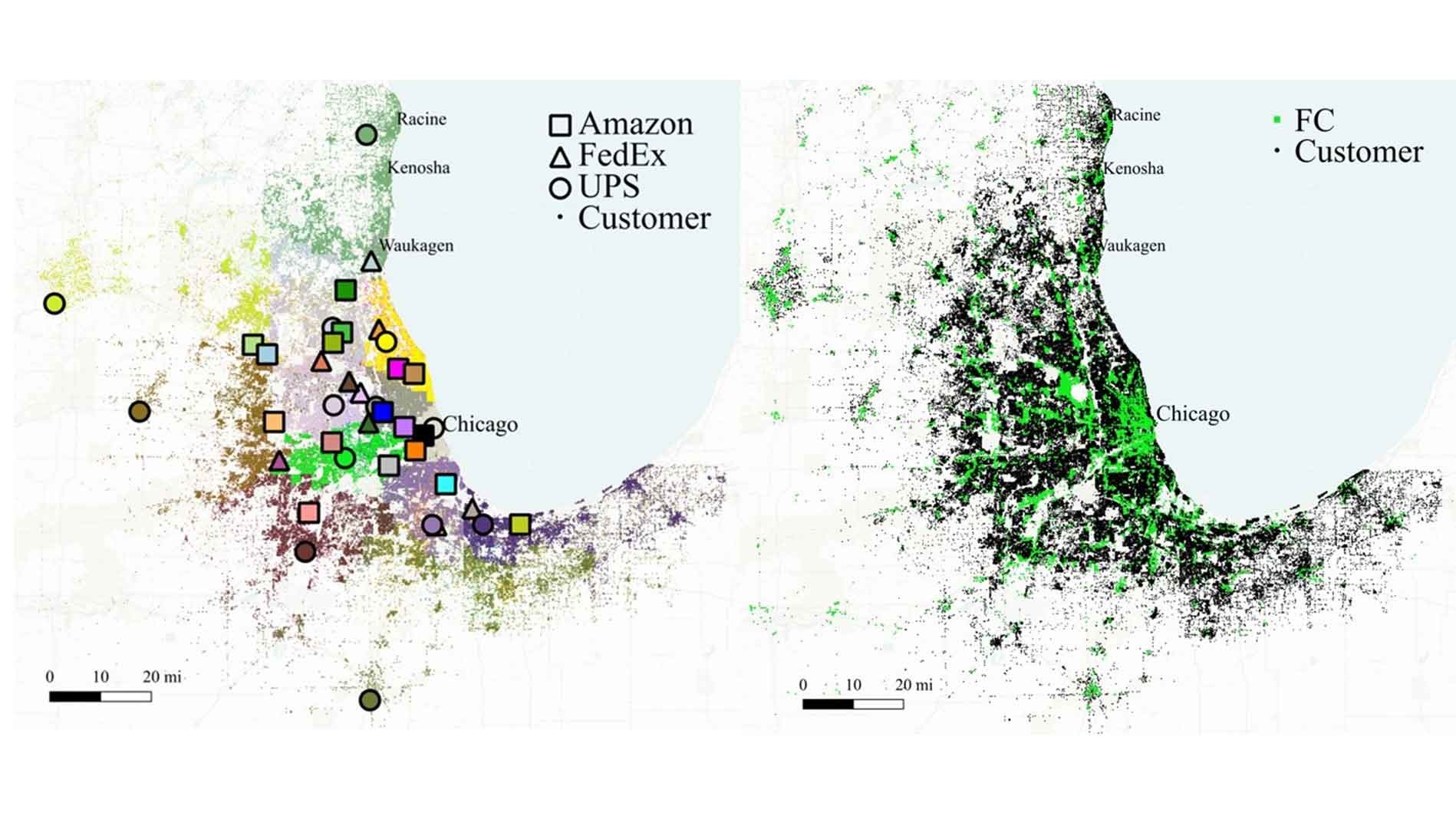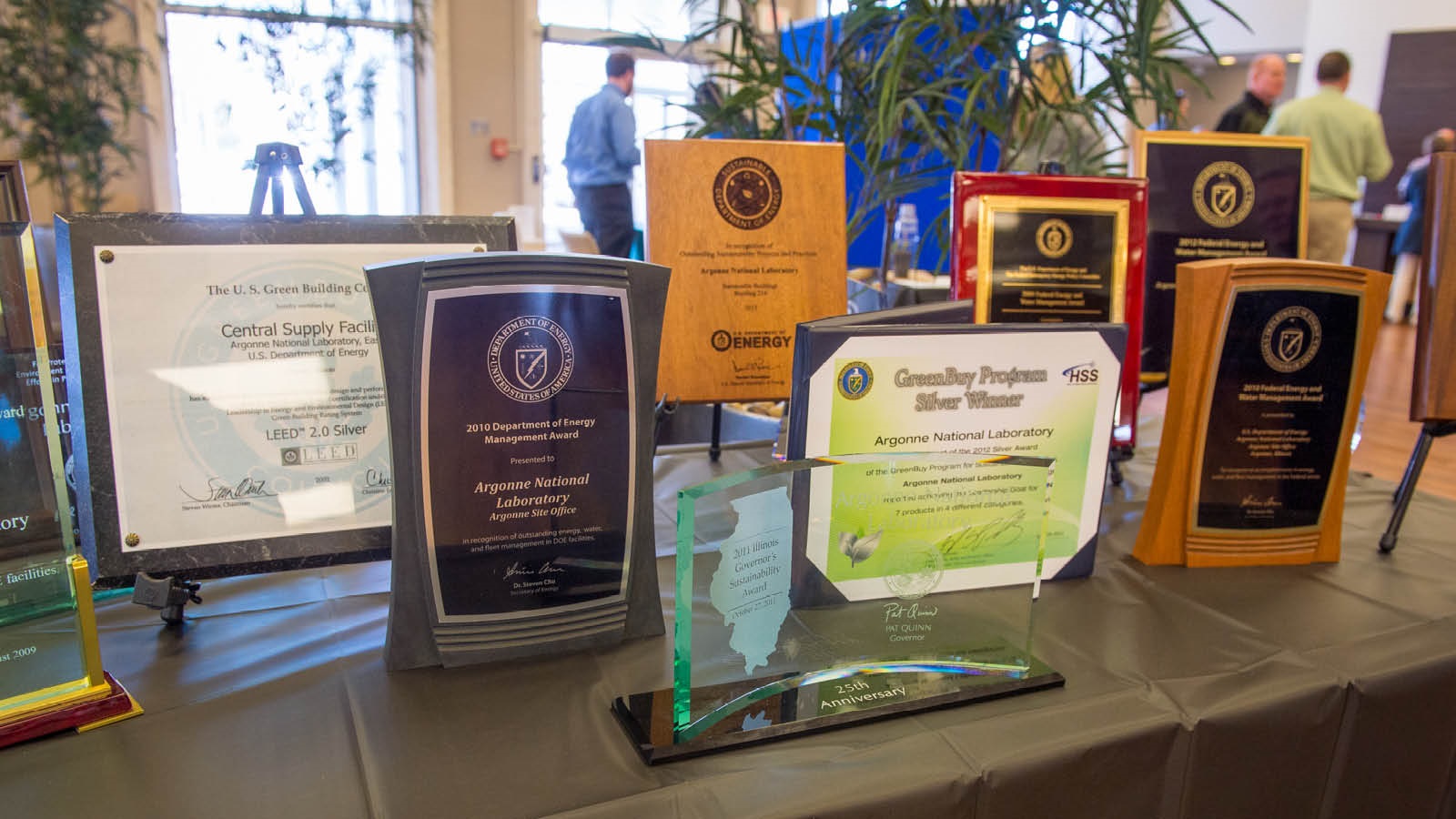Scientists are exploring non-lithium-ion batteries as a sustainable alternative to traditional lithium-ion batteries, focusing on sodium, potassium, magnesium, and calcium-ion technologies. This research is crucial for developing clean energy systems that are both environmentally friendly and rely on abundantly available elements, ensuring a more secure and eco-friendly future for energy storage.
Tag: Power Systems
Resilience-economy-environment equilibrium based configuration interaction approach towards distributed energy system in energy intensive industry parks
Abstract Because unexpected, high-impact, extreme events and disasters can seriously threaten power system safety and resilience, there has been an increased research focus on power system resilience. This study proposes a bi-level multi-objective model for industrial park distributed energy configuration optimization to deal with…
Media Tip: Argonne tool helps map out where to develop clean energy infrastructure
The Geospatial Energy Mapper (GEM) from the U.S. Department of Energy’s Argonne National Laboratory is an interactive online mapping tool with an extensive catalog of mapping data for energy planning.
Harnessing the power of water: Argonne and NREL study shows the potential of pumped storage hydropower in Alaska
Scientists study the role of pumped storage hydropower in Alaska’s clean energy future.

Argonne drops data on the question of efficient drone use for e-commerce deliveries
New models developed by Argonne can help industry discover the energy impact of drone delivery for e-commerce goods. A new study focuses on drone energy consumption compared to using conventional diesel trucks and battery-operated electric vehicles.
Media Tip: Argonne scientists are developing better methods for decarbonization
The national laboratory is focusing research and expertise toward critical new carbon dioxide removal technologies.
A Call to Rethink Electricity Measurement
PNNL researcher’s proposed overhaul of outdated electricity measurements could mean fewer blackouts, better automation, and more clean energy resources.

Argonne’s 2021 Maria Goeppert Mayer Fellows bring new energy, promise to their fields
The Department of Energy’s Argonne National Laboratory is proud to welcome five new FY21 Maria Goeppert Mayer Fellows to campus, each chosen for their incredible promise in their respective fields.
Power Player: Engineering professor researches how to keep America’s lights on
Ning Zhou from Binghamton University, State University of New York received a National Science Foundation (NSF) CAREER Award to provide a 21st-century vision for power systems.